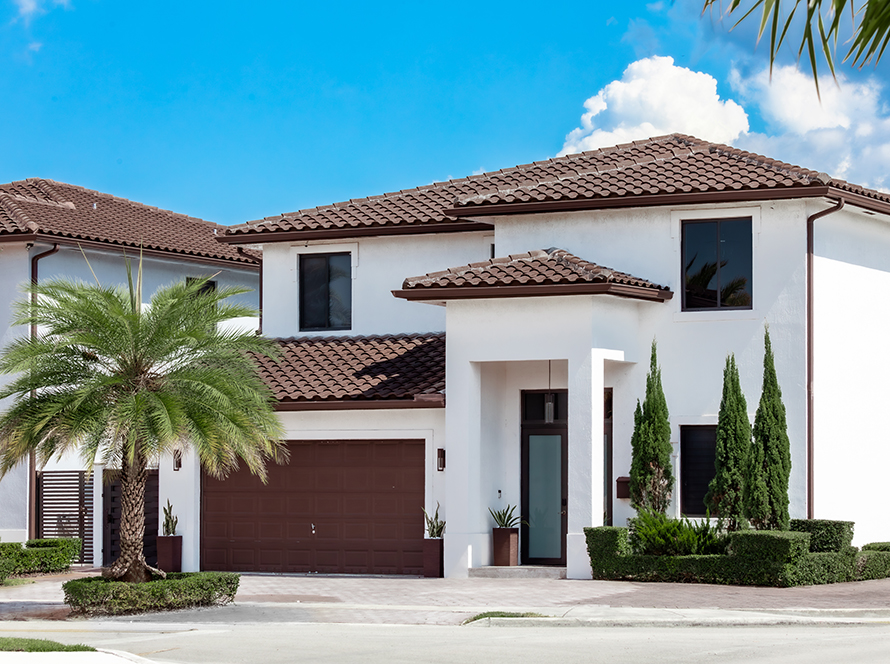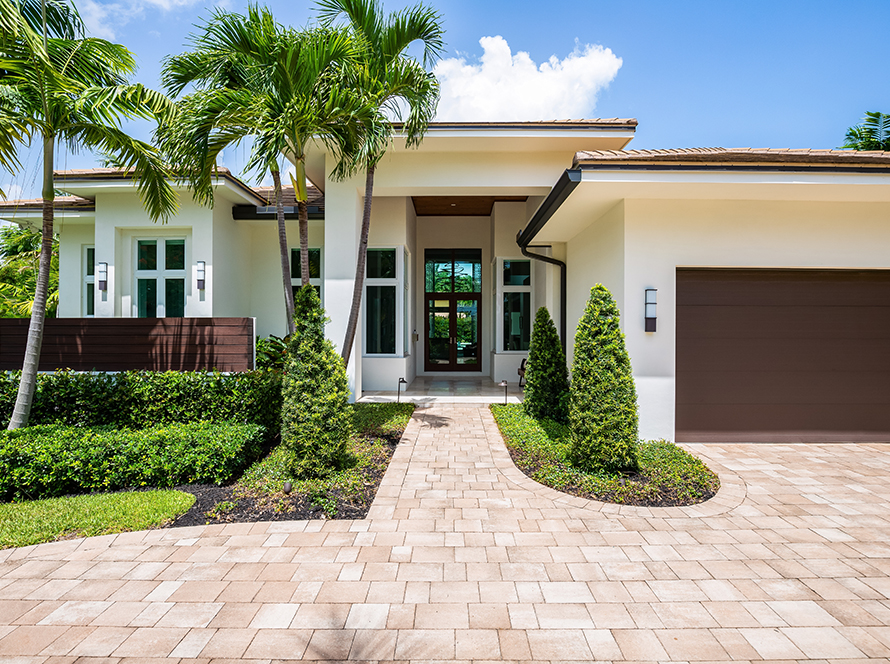Impact-resistant glass—often called hurricane glass or safety glass—is one of the most important innovations in modern construction, especially in storm-prone or high-risk areas. But what makes this glass so tough? What’s the technology behind it? In this post, we’ll break down how impact-resistant glass is made, how it works, and why it’s a vital addition to any secure, durable building structure.
What Is Impact-Resistant Glass?
Impact-resistant glass is a type of laminated safety glass designed to withstand high-velocity impacts, such as flying debris during a hurricane or a forced entry attempt. Unlike standard glass, which shatters into dangerous shards, impact-resistant glass cracks in a controlled pattern and stays in place—helping prevent injury and property damage.
How Is Impact-Resistant Glass Made?
The manufacturing process of impact-resistant glass involves advanced materials, precision engineering, and rigorous testing. Here’s how it all comes together:
1. Laminating the Glass Layers
The core of impact-resistant glass is a laminated sandwich consisting of:
Two (or more) layers of glass
An inner layer of durable plastic, typically polyvinyl butyral (PVB) or ethylene-vinyl acetate (EVA)
These layers are fused under heat and pressure using an autoclave, creating a single bonded pane. The plastic interlayer holds the glass together if it breaks, much like a car windshield.
2. Optional: Tempering for Added Strength
Some manufacturers also temper the glass before lamination. Tempering is a heat treatment that strengthens glass by up to four times compared to regular float glass. When tempered glass breaks, it shatters into blunt pieces, reducing injury risk.
Tempered + laminated glass offers maximum strength and safety—often used in high-security or hurricane-zone installations.
3. Testing for Impact Resistance
After production, the laminated glass undergoes rigorous impact testing to ensure it meets standards like:
ASTM E1996 and E1886 (U.S.)
Miami-Dade County Notice of Acceptance (NOA)
Florida Building Code (FBC) approval
These tests simulate hurricane-force winds and flying debris to verify that the glass will remain intact and keep the building envelope sealed.
4. Customizing for Performance
Impact-resistant glass can also be customized for:
UV protection: Tinted or coated layers block harmful rays
Energy efficiency: Low-E coatings improve insulation
Noise reduction: Thicker interlayers reduce sound transmission
Security: Heavier-duty interlayers resist break-ins and blasts
How Does Impact-Resistant Glass Work?
When debris strikes the glass, the outer layer may crack, but the PVB or EVA interlayer holds everything together. This helps:
Maintain structural integrity
Prevent dangerous glass shards from entering the building
Keep the building sealed against wind, water, and intruders
Why It Matters
Whether you live in a hurricane zone or simply want a safer, more secure home, impact-resistant glass offers unmatched protection. It’s a game-changer for:
Residential homes in coastal areas
Commercial buildings needing high security
Schools, hospitals, and government facilities
Final Thoughts: Built for Strength, Designed for Safety
The process of making impact-resistant glass combines chemistry, engineering, and safety design to create something truly remarkable—glass that protects lives, withstands nature, and adds peace of mind.
If you’re considering upgrading your windows or doors, impact-resistant glass isn’t just an option—it’s an investment in safety, durability, and resilience.
Looking for impact-resistant window and door solutions? Contact us to explore certified options that meet your region’s building codes.



